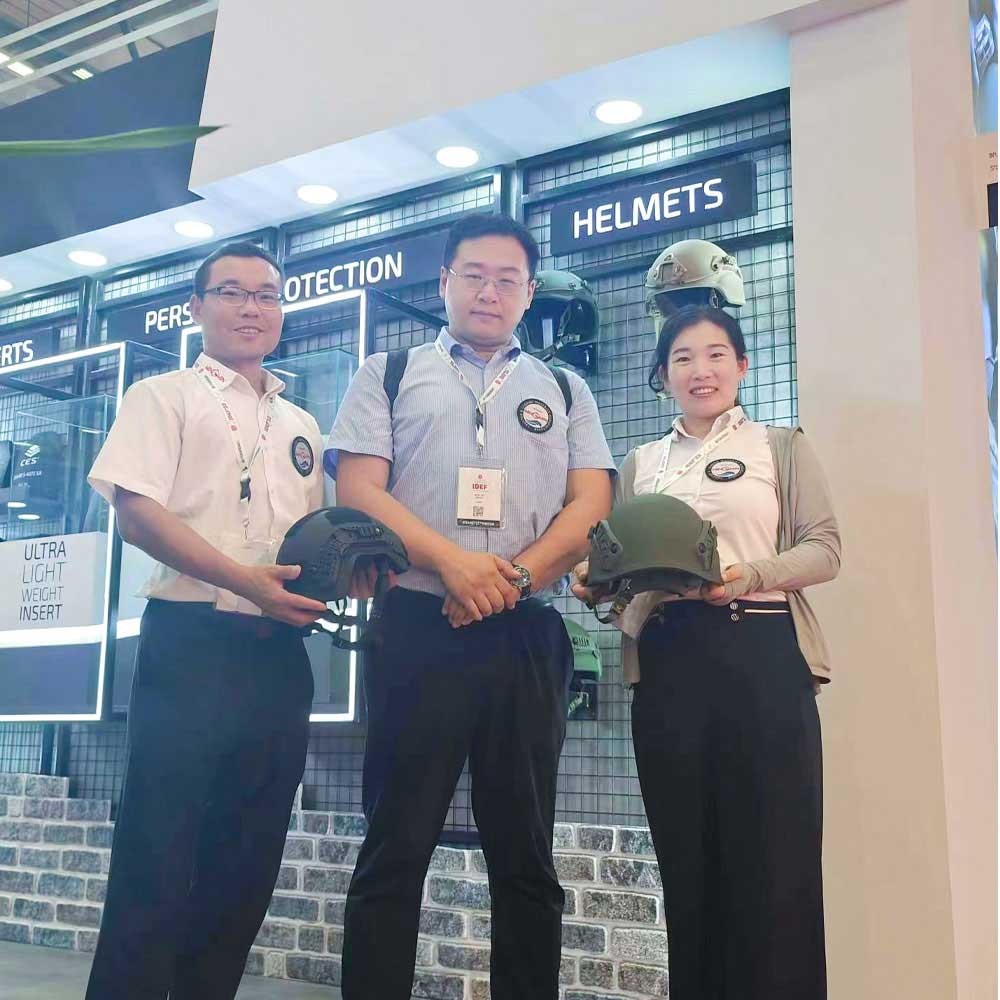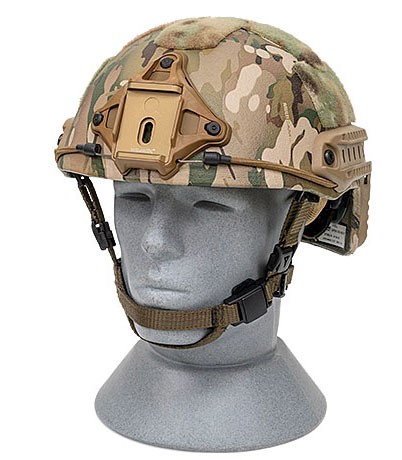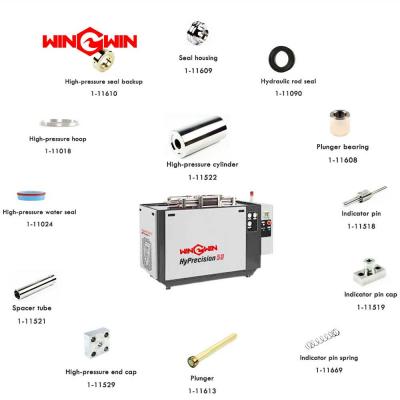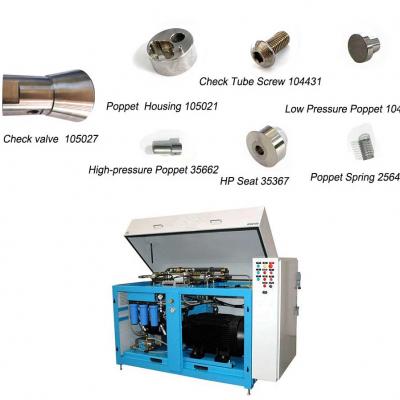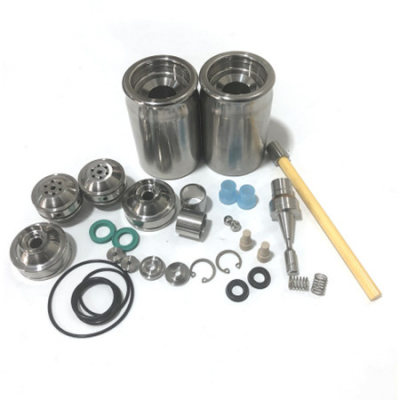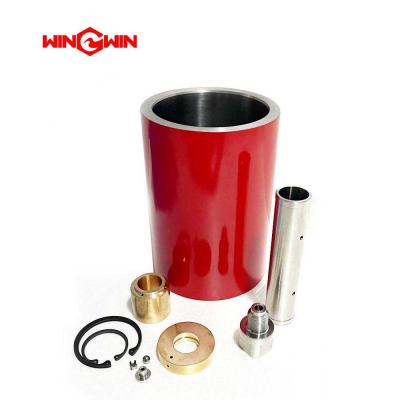Military and police helmets cutting solution with waterjet
Using waterjet cutting technology for military and police helmet production can offer precise and efficient
cutting solutions. Waterjet cutting is known for its ability to cut a wide range of materials accurately
without heat-affected zones, making it suitable for cutting helmet materials like Kevlar, fiberglass, and
composite materials.
Here's how waterjet cutting can be utilized for military and police helmet production:
Advantages of Waterjet Cutting
Precision:
Waterjet cutting provides high precision and accuracy, ensuring clean and smooth cuts for intricate helmet designs.
Versatility:
It can cut various materials used in helmet production, including metals, composites, and ceramics.
Heat-Free Cutting:
Waterjet cutting is a cold-cutting process, eliminating heat-affected zones that can weaken materials.
Minimal Material Waste:
The narrow kerf width of a waterjet results in minimal material wastage, making it a cost-effective cutting solution.
No Tooling Changes:
Waterjet cutting does not require frequent tool changes, enabling quick turnaround times.
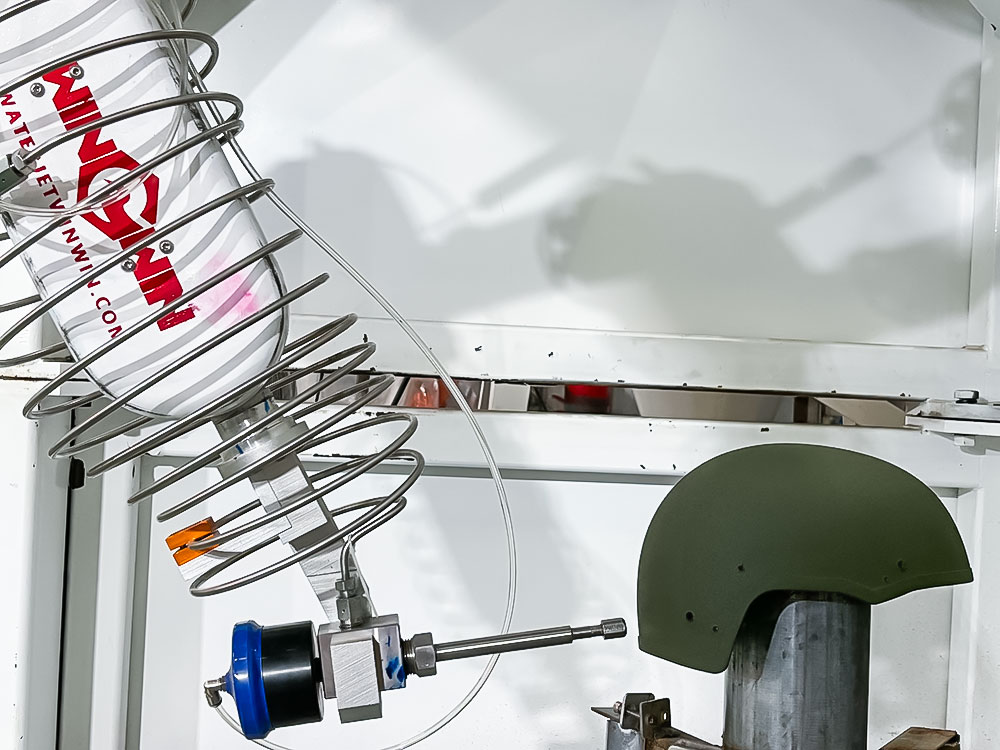
Waterjet Cutting Process for Helmet Production
Design Preparation:
Create digital designs of the helmet components to be cut using CAD software.
Material Selection:
Choose suitable helmet materials like Kevlar, fiberglass, or composites that are compatible with waterjet cutting.
Machine Setup:
Calibrate the waterjet cutting machine parameters such as pressure, speed, and nozzle size based on the material being cut.
Cutting Operation:
Execute the cutting process according to the designed patterns, ensuring precise and clean cuts.
Quality Control:
Inspect the cut pieces to ensure they meet the required specifications and quality standards.
Finishing:
Post-cutting processes like edge smoothing or additional treatments may be necessary depending on the helmet design.
Safety Considerations:
Ensure proper training for operators to handle waterjet cutting machines safely.
Use appropriate personal protective equipment (PPE) to prevent any mishaps during the cutting process.
By employing waterjet cutting technology for military and police helmet production, manufacturers can
achieve high-quality, precise cuts while maintaining the integrity and strength of the materials used
in helmet construction.
 wwaterjet
wwaterjet 